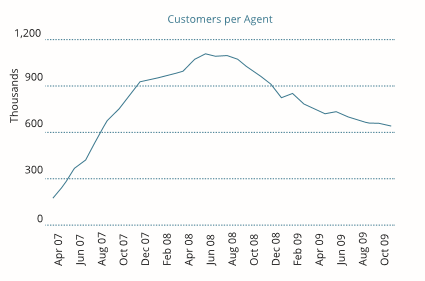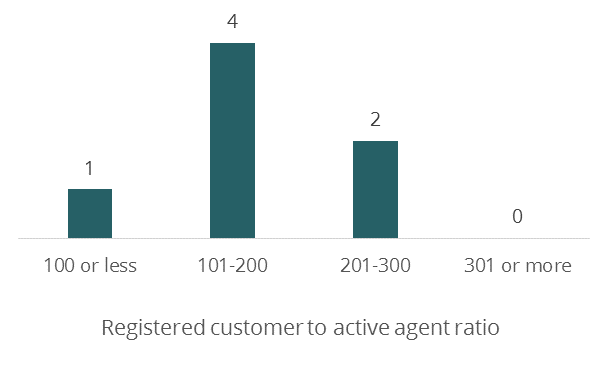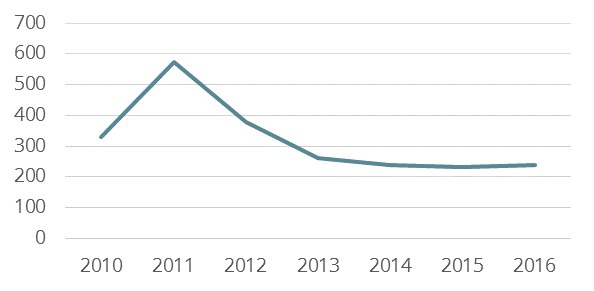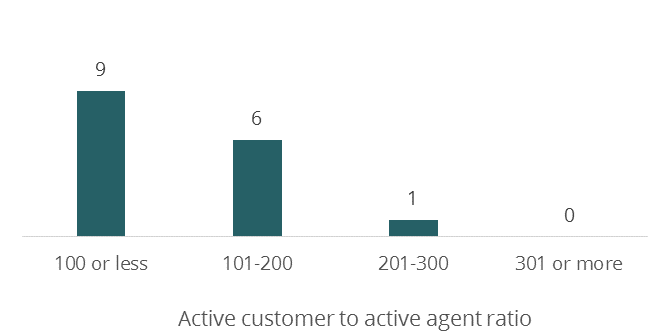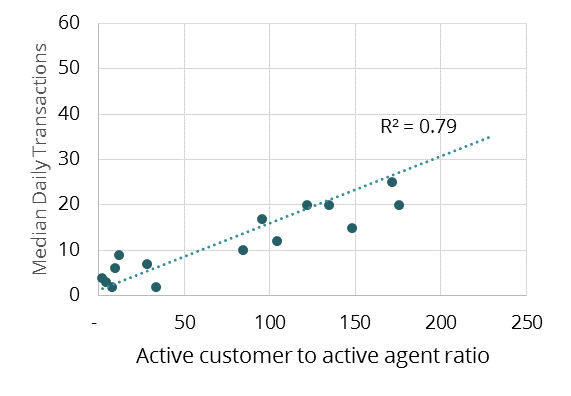
Banks eyeing agency banking rollouts in Africa can learn from Kenya, a once purely mobile network operator (MNO) market that saw a rapid expansion of agency banking. Half a decade since the Equity rollout, The Helix Institute conducted a study to understand attitudes, perceptions, and behaviours around agency banking, using our signature Market Insights for Innovations Design (MI4ID) approach. We interviewed industry experts, agent network managers, bank support staff, bank and MNO agents in Nairobi and the surrounding areas. This blog recommends three ways that banks can ensure their agents are happy and actively engaged in the agency business: investing in float, educating customers, and proactively managing liquidity.
1. Craft a strong agent value proposition and highlight earnings potential
Banks hoping to succeed in MNO-dominated markets must craft their agent value proposition to keep agents satisfied with revenues, and committed to investing in float. This entails carefully selecting products agent will offer and designing commission structures based on anticipated demand. To communicate their value proposition, banks should focus on the business model, rewards, and earnings potential rather than indirect benefits of agency.
Our research reveals that in Kenya, where banks have recruited existing MNO agents to also offer banking services, many agents are dissatisfied with banking transaction volumes. Because of their long-standing relationships with MNOs, agents instinctively compare bank customer traffic to that of the dominant M-PESA. Latest Helix data shows that agents do indeed perform fewer daily transactions for banks, a median of 25 versus 46 for MNOs.
At the same time, agents put more effort into conducting transactions for the bank, as these transactions are larger in size[1] and thus require more investment or frequent rebalancing. As a result of comparatively low transaction volumes and high effort, bank agents are unhappy with their agency income, even though in late 2014 median earnings of MNO and bank agents were identical.[2] This highlights the need for the banks to reframe the comparisons from transactions to agency incomes.
Industry experts and bank agent network managers tout the reputational benefits of providing bank services to the community. However, surprisingly, when asked about the benefits of being a bank agent, reputation was cited exclusively by till operators (employees) who are paid a fixed salary. Agency business owners in Nairobi and surrounding areas, on the other hand, focus exclusively on monetary returns on their investment and increased footfall in their shops.
In sum, banks should design a strong agent proposition and keep the “pitch” honest. They should focus on the business case for becoming a bank agent rather than intangible social benefits, particularly in metro and peri-urban areas. To combat negative perceptions of bank agency business relative to MNO, banks could provide income statements and offer alternative reference points (e.g. other bank agents).
2. Provide high quality services to ensure positive agent experience with your bank
Agents and industry experts have a shared perception that bank agents are more sophisticated than their MNO counterparts. They are also deemed to have special partner relationships with their client banks. As such, banks are expected to provide high quality services to their agents, including in-depth specialised training, support for managing liquidity, and additional benefits like preferential credit lines.
Agents interviewed for the study generally appreciated the training they received from banks. But they had high and often unfulfilled expectations about other support services. For example, bank agents lamented the lack of access to credit. Despite the potential to build agents’ credit history from regular transactional data, banks may not be adequately leveraging this opportunity.
Agents also complained about challenges of managing liquidity, particularly after hours when demand for agent services peaks. To date, not all banks offer dedicated counters. Long waits at the bank not only negatively impact agents’ parallel businesses but also disappoint agents, who expect reciprocity from their bank partner. If agents need liquidity to transact on behalf of the bank, the least it can do is to facilitate their rebalancing.
To boost agent satisfaction, banks need to be up front about the relationship with their agents. Even if preferential access to credit is not feasible, banks should support their agents’ liquidity management and offer dedicated rebalancing counters, on-demand float delivery, overdraft float facilities, particularly after hours and on weekends.
3. Enhance systems and streamline processes to facilitate agency business execution
When conducting business becomes a nuisance, the agent will turn dormant. Banks must enhance their systems to provide optimal stability and accessibility. They should also ensure processes for agent transaction reversal and complaints resolution are quick and painless.
Half a decade after the first agency banking rollout, many bank agents continue to face system downtime. In 2014, Kenya’s bank agents were more likely to experience downtime frequently and for longer periods of time than MNO agents.[3] They were five times less likely to receive a prior warning[4] and therefore their capital was more likely to get “stuck” in the system.
Bank agents also complain about overly formalised transaction reversal procedures, requiring multiple trips to the bank (not accessible on weekends), extensive paperwork, and multiple days to resolve.[5] Larger size bank transactions translate into larger sums of money “tied up” during wait times, be it due to system downtime or pending transaction reversals.
Agents are frustrated to see their working capital idling. Recurring issues with unstable systems or lengthy resolution processes erode trust and dissuade agents from investing in float for the problematic provider. Further, the negative word of mouth can discourage potential agents as well as the current and potential users of financial services.
Banks must ensure system reliability prior to the launch and put in place processes for resolving complaints that are as efficient as possible. If paperwork and delays are required by the regulator, agents must be briefed during initial training to avoid discontent.
[1] 27% of MNO vs. 42% of bank transactions exceed Ksh.5,000 or roughly US$50.
[2] While bank agent commissions on cash-ins are generally lower than corresponding MNO commissions, bank agents are also making money on transactions that MNO agents do not perform such as balance inquiries, bill payments and money transfers.
[3] Ever experienced downtime: 52% Bank vs. 44% MNOs; experienced downtime 5 times per month for bank 1 time per month for MNOs; downtime average duration 14 hours for bank vs. 9 hours per month for MNOs.
[4] 17% of bank agents received downtime warning vs. 84% of MNO agents.
[5] Some of these may be mandated by the regulator and thus unavoidable.
Special thanks to Apphia Ndungu and Mutua Mulanga of FSD Kenya for their valuable contributions to this study.





 Unlike countries like India, where agents electronically top-up airtime for customers, airtime scratch cards seem to be the most preferred mode of self-top up among Malawi’s growing base of mobile subscribers.
Unlike countries like India, where agents electronically top-up airtime for customers, airtime scratch cards seem to be the most preferred mode of self-top up among Malawi’s growing base of mobile subscribers.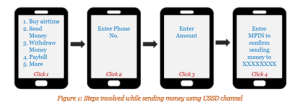

 Overall, the research finds that most customers are aware of the convenience associated with mobile money services. This primarily includes storing money to avoid cash holding risk, transferring money on their own, the convenience of airtime top-up and paying utility bills anytime and anywhere, among others. Simplified USSD interface and convenience to use mobile money services are the major factors leading to higher uptake and regular usage of mobile money, reduced dependence on agents for transactions and increased self-usage of mobile money accounts by customers.
Overall, the research finds that most customers are aware of the convenience associated with mobile money services. This primarily includes storing money to avoid cash holding risk, transferring money on their own, the convenience of airtime top-up and paying utility bills anytime and anywhere, among others. Simplified USSD interface and convenience to use mobile money services are the major factors leading to higher uptake and regular usage of mobile money, reduced dependence on agents for transactions and increased self-usage of mobile money accounts by customers.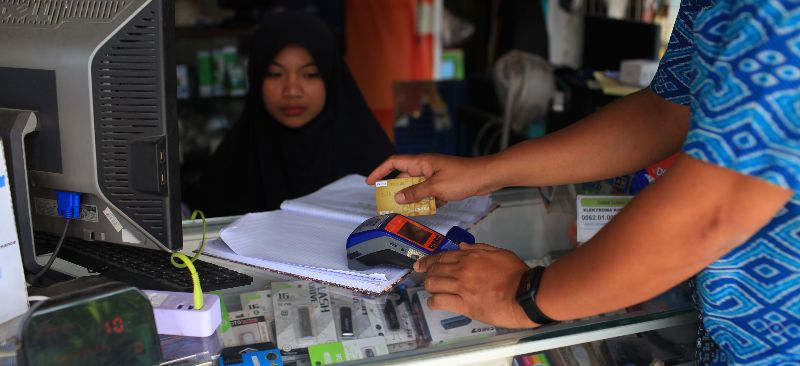

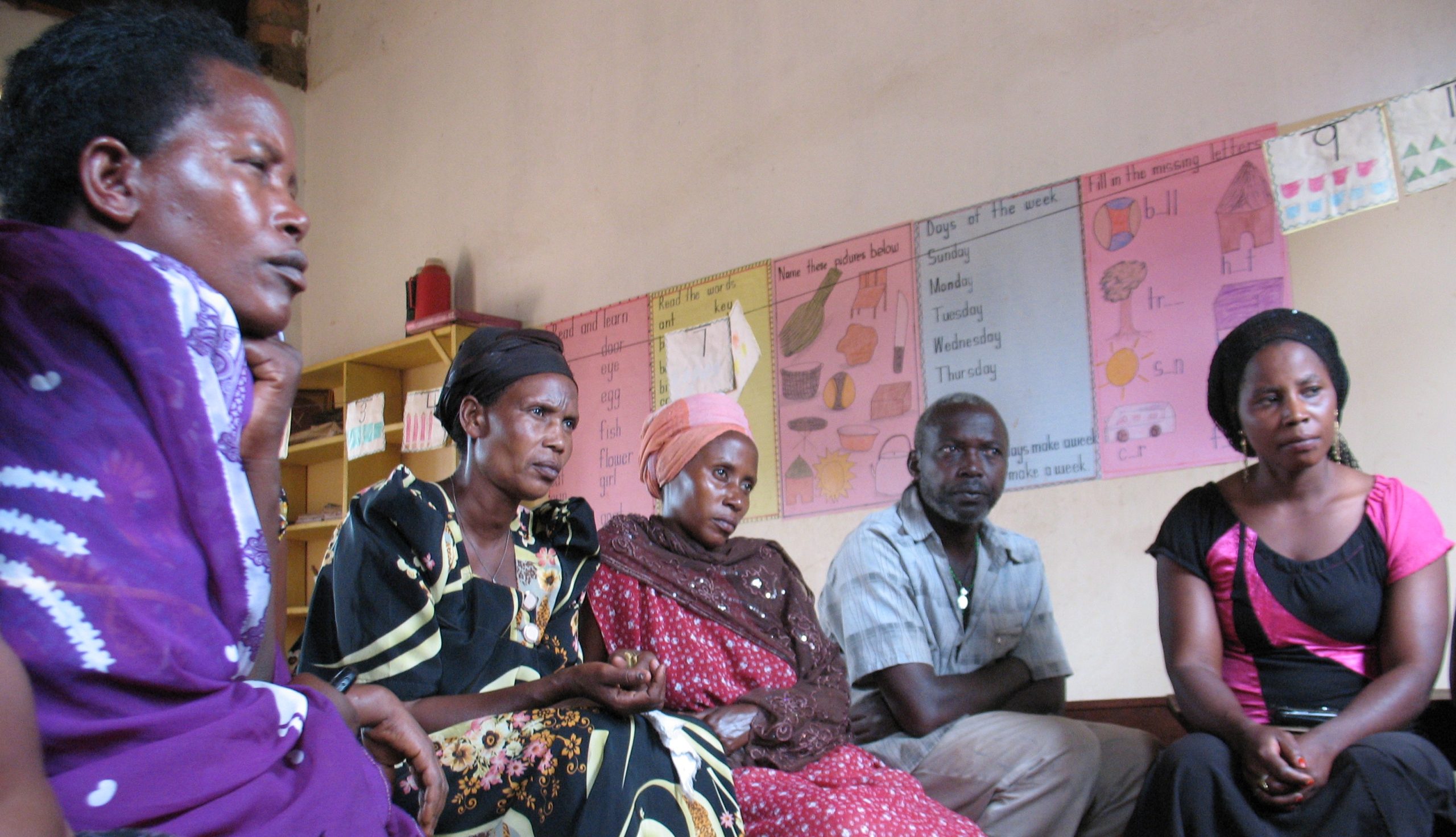
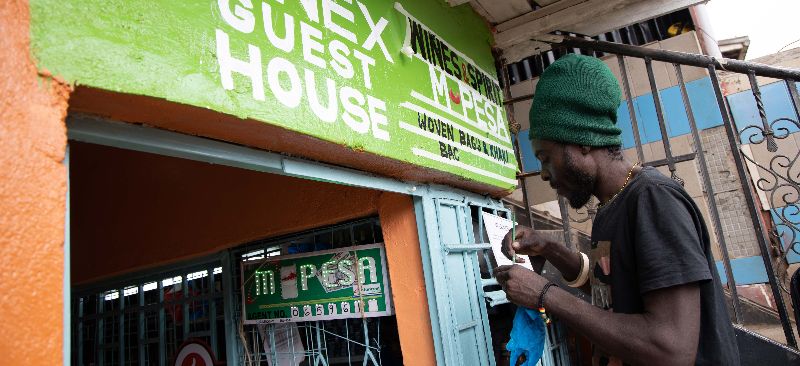
 DFS providers struggle with a variant on the chicken and egg problem: whether to recruit more agents or more customers? How to provide adequate access for customers while ensuring agents face sufficient demand? All are interested in striking the right balance.
DFS providers struggle with a variant on the chicken and egg problem: whether to recruit more agents or more customers? How to provide adequate access for customers while ensuring agents face sufficient demand? All are interested in striking the right balance. 